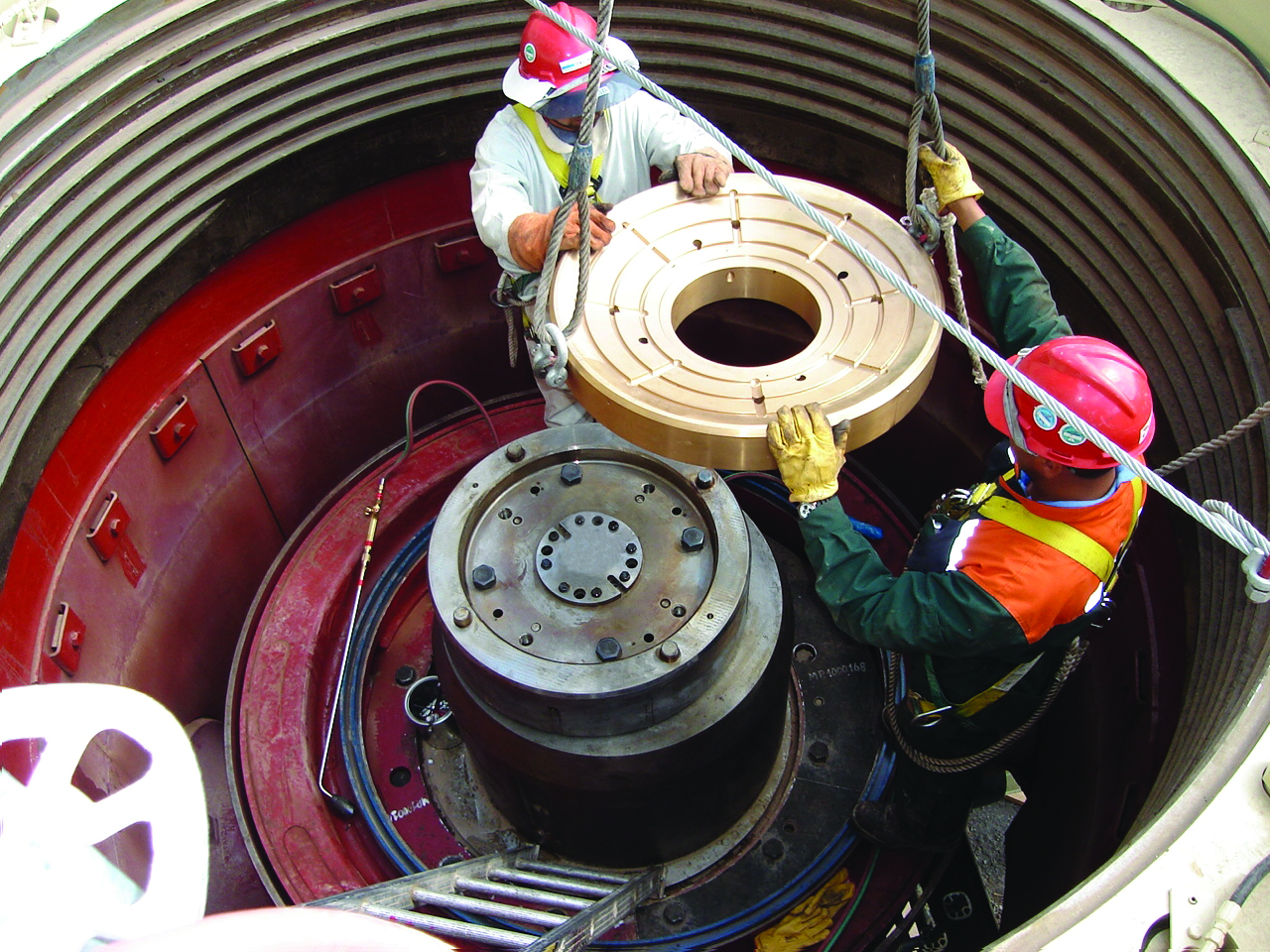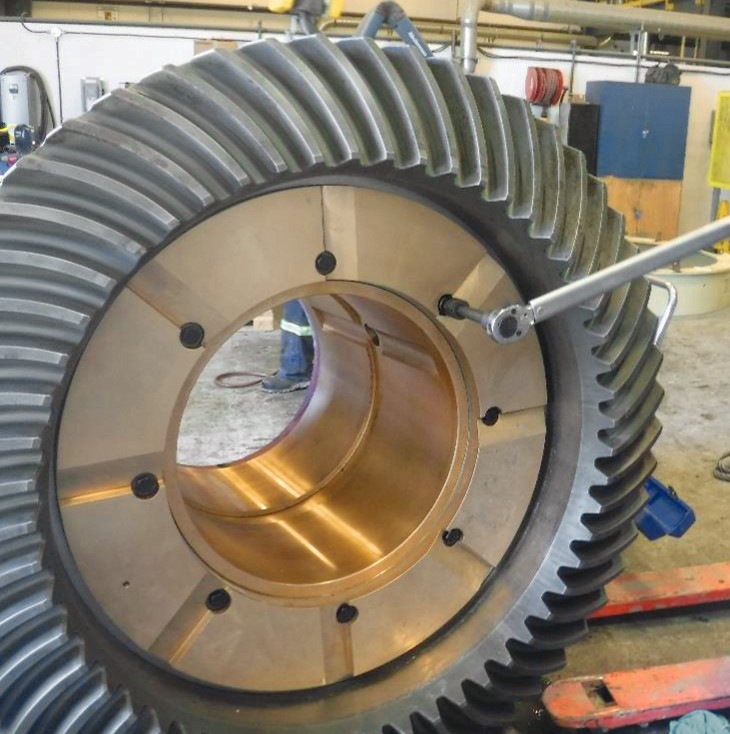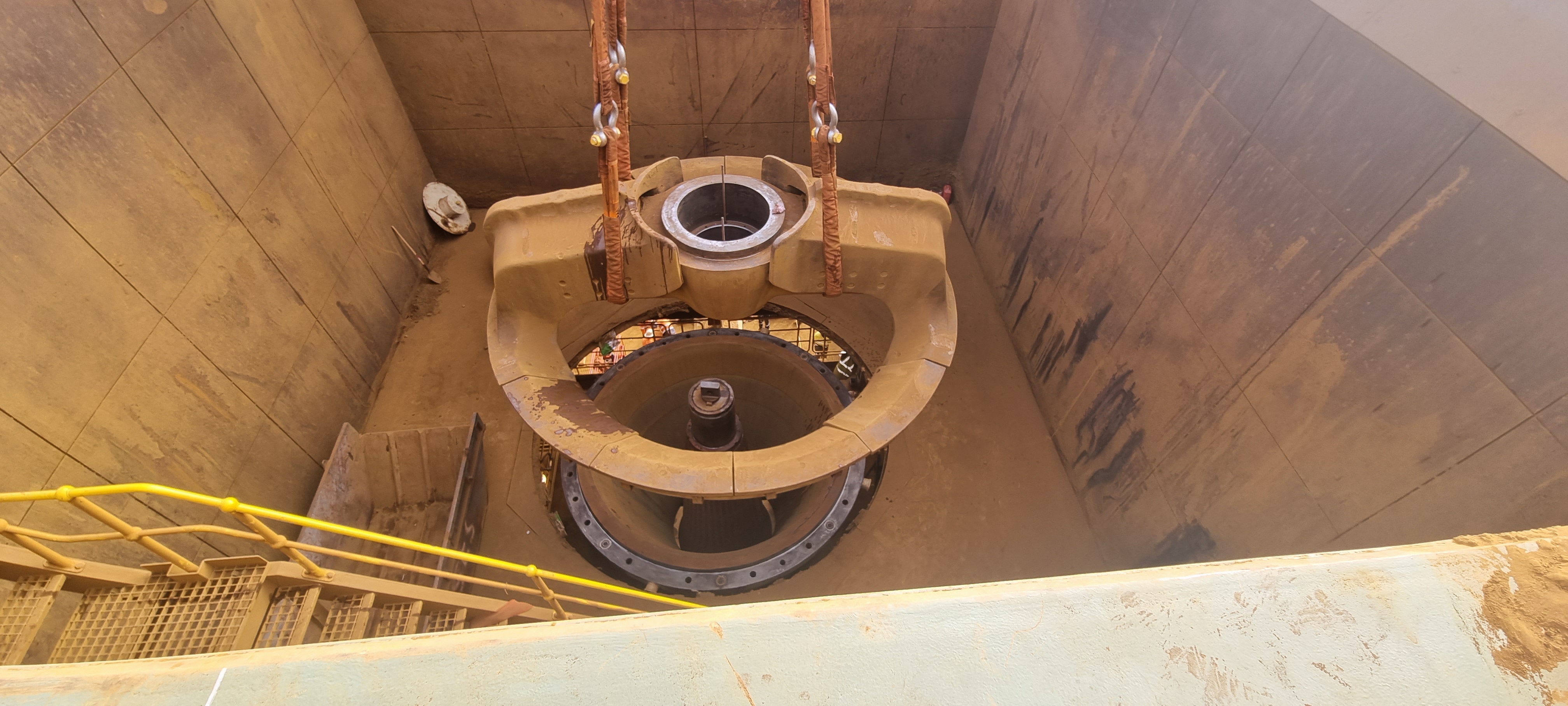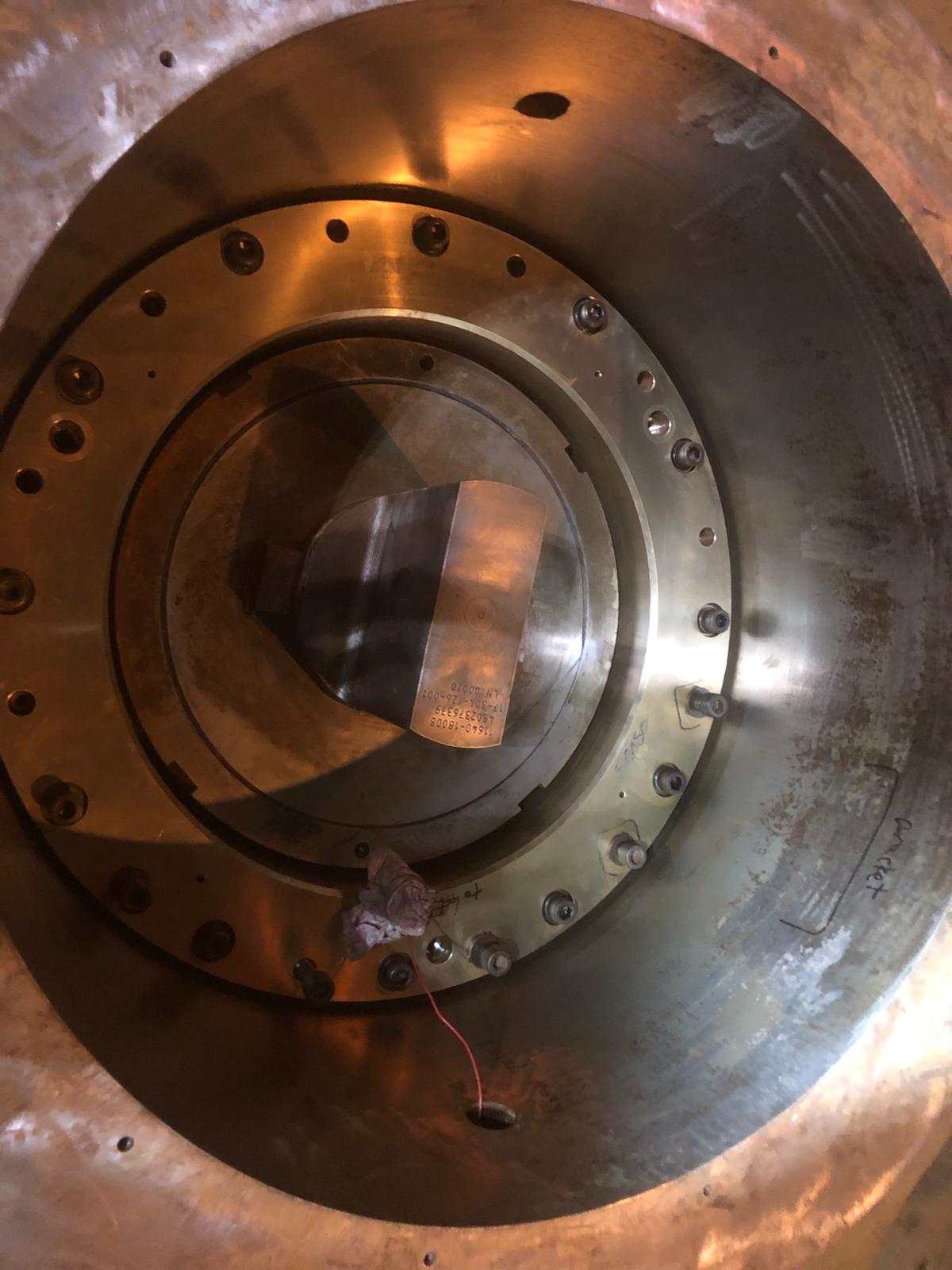Issue 1
Gyratory Crusher – Spider bushing seals are damaged on installation or replacement. If the seals are damaged, it can result in excessive leaking of lubricant. This can lead to potential equipment damage and additional plant downtime, resulting in loss of production, negative environmental impact and increased costs associated with re-work and replacement parts.
How it can occur
A common practice adopted by some customers is installing the spider bushing into the spider before installing the spider onto the crusher, despite Metso Outotec manuals outline that this is not the correct or recommended practice. Theoretically, this practice can be done. However, there is likely to damage the spider bushing seals when positioning over the mainshaft due to misalignment.
Effect
Some customers are not prepared for a shutdown to address the issue immediately, due to the costs associated with loss of production. Instead, they convert the lubrication system over to grease in a temporary ad hoc style, which can result in further issues down the road.
Best practice
With the knowledge of our certified Metso Outotec teams, combined with a drive for continuous improvement, the component replacement process for the service work is revised internally based on best practices. The practice within the Metso Outotec team is to install the spider bushing after the mainshaft and spider are already installed. This doesn’t crucially increase the time to do the job and it helps the installer ensure the seals are not damaged upon installation.
Issue 2
Gyratory Crusher – Pinion or eccentric gear is damaged upon removal of pinion shaft assembly, potentially leading to costly component replacement, reduced equipment reliability and downtime.
How it can occur
Due to time constraints and the desire to bring the plant online sooner, some customers tend to remove their pinion shaft assemblies without first removing the MPS and eccentric assembly. Again, this can be done in theory if proper care is taken. However, it can be quite challenging to do in practice. The eccentric and pinion gear are a spiral bevel type of gear, which means you would need to rotate the pinion as you try to withdraw the pinionshaft assembly from the housing. On multiple occasions, we have observed the pinion gear binding up against the eccentric gear attempting to do it this way. When this happens, the application of more force is used to free up the gear, which can cause damage to the gear teeth in the process.
Effect
As the pinionshaft and eccentric assembly form part of the crusher drive train, any damage to these sensitive components can have a catastrophic effect on equipment reliability and functionality.
Best practice
Metso Outotec recommends removing the MPS and eccentric assembly prior to removing the pinionshaft assembly. This ensures no damage is incurred during the removal or installation process. Our team of experts have done this process many times and have optimized the procedure to ensure it is accomplished safely, in time and without damage to components. Taking a risk to save 8-12 hours of downtime is certainly not worth the cost, especially if things go wrong.




